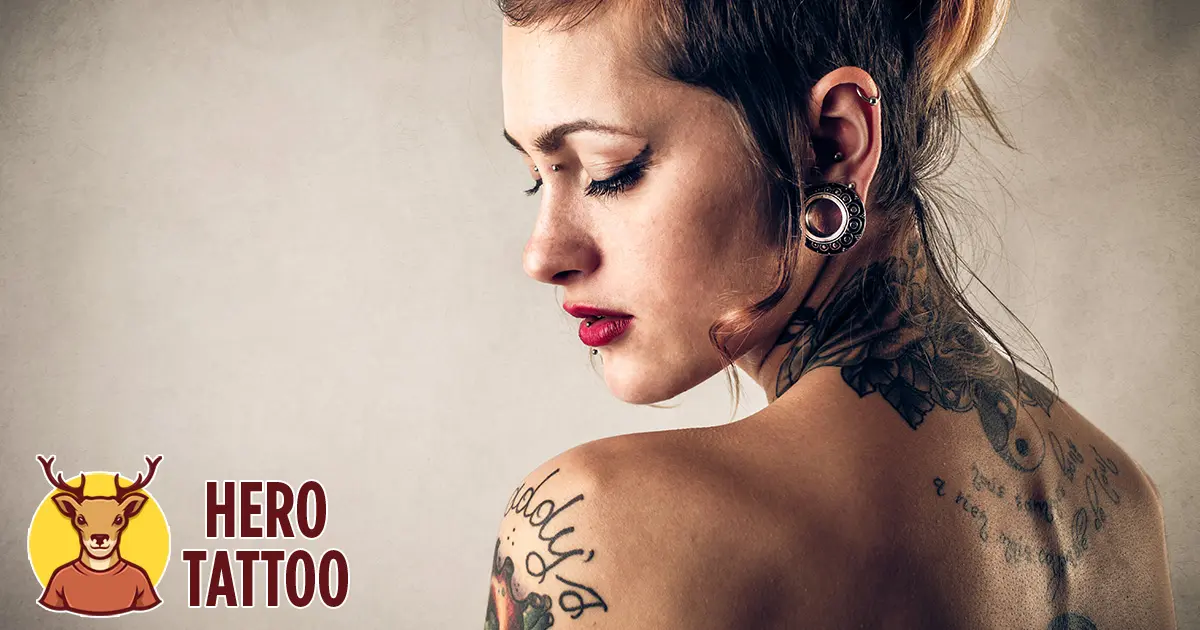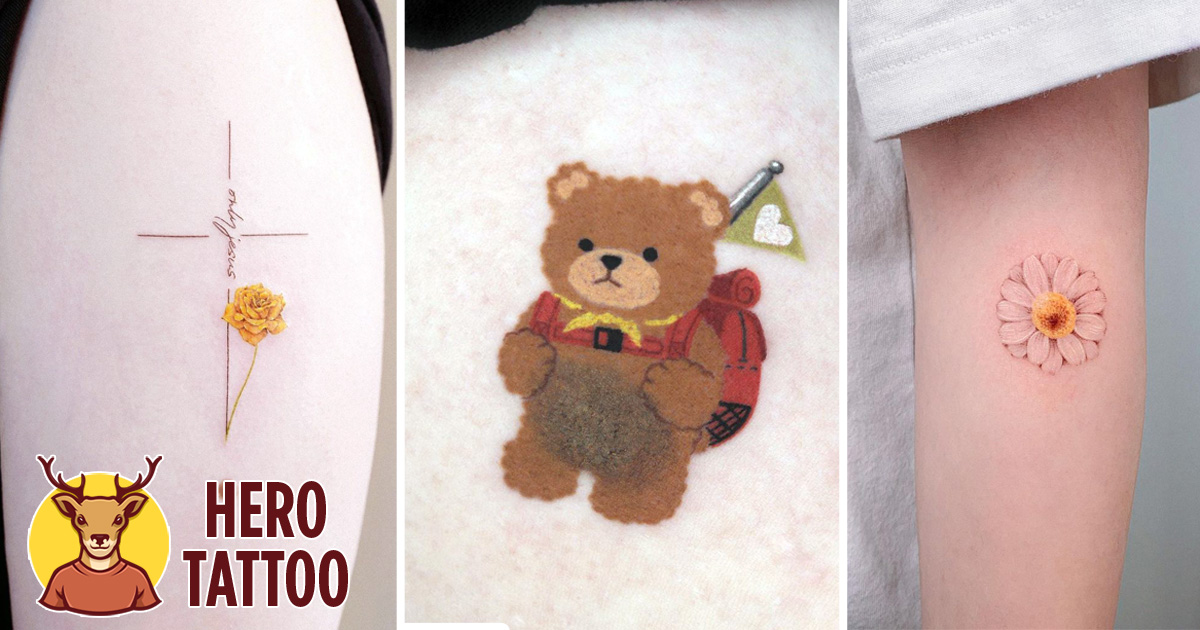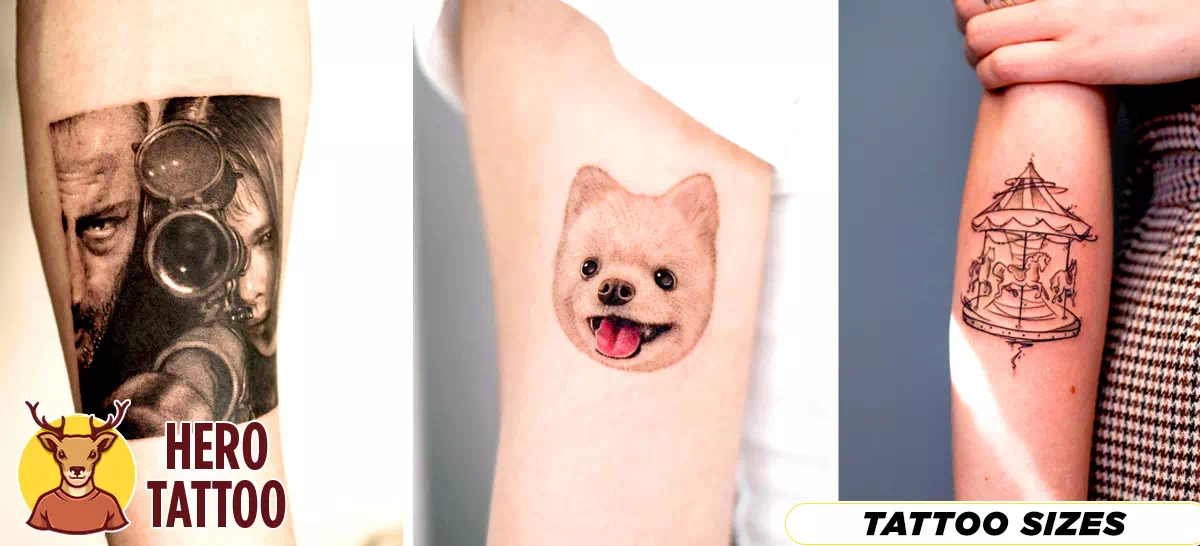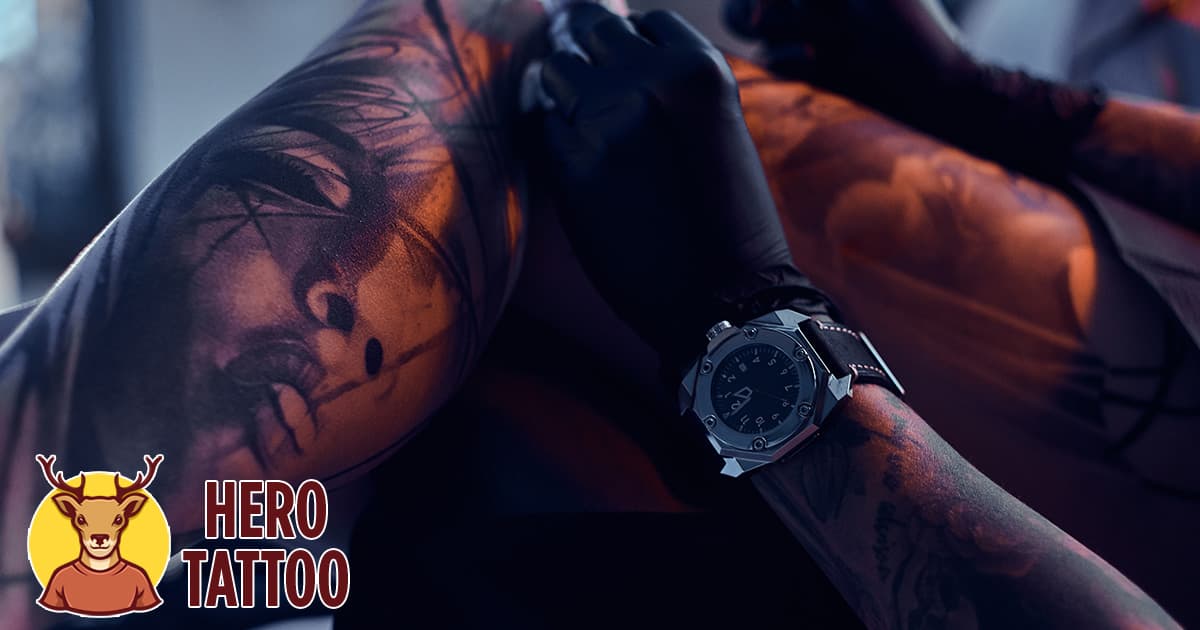If you’ve ever received a tattoo, you’re probably aware of the fact that you have to shave the region where the tattoo will be applied (if the area has any hair, of course). This is a frequent prerequisite before tattooing for the tattoo artist to do their work without being hindered. Hair can interfere with the appropriate application of the stencil and can cause problems with the needle and the ink.
The question is, what happens when the tattoo is completed? Is it possible for the hair to regrow, or will it stay hairless indefinitely?
In the following paragraphs, we’ll look at what occurs to the skin after a tattoo is applied and whether or not the hair will regrow. So, without further ado, let’s get this show on the road.
What is the purpose of shaving before getting a tattoo?
To comprehend the situation at hand, it is necessary first to understand why it is necessary to shave the selected tattoo region in the first place.
First and foremost, don’t be concerned if you arrive at a tattoo parlor without shaving. Your tattoo artist will offer you a razor so that you may shave the appropriate area yourself, or they will do it for you if it is too difficult for you to do it yourself.
- For various reasons, the tattoo area must be smooth and free of debris before it can be used. As an illustration,
- Applying a stencil will be improved if the surface is smooth and clean.
- Hairless skin is easier to deal with.
- The lack of hair on the skin makes it easier for tattooists to work.
- Smooth skin does not impede the needle’s movement.
- When the tattooed region is shaved, there will be no blank areas in the tattooed area.
A tattoo artist’s ability to work with hair is seen in the video above. If the skin had not been shaved beforehand, the hair would have prevented the needle from puncturing the skin thoroughly. As a consequence of this, the hand will also miss specific areas of the skin as a consequence, and there will be blank places in the tattoo. Aside from this, applying the tattoo design template to hairy skin is ten times more difficult than using the tattoo design stencil on clean shaved skin.
If you want your tattoo to work out correctly, you’ll need to shave before getting it done. Without a doubt!
Note: It is important to note that one must use extreme caution to avoid getting a razor cut when shaving. In the event of a razor cut or burn, your tattoo artist may be unable to perform the tattooing procedure effectively. The needle cannot be used to work over the amount because it is considered an “open wound.”You may need to wait until the wound has healed fully before getting a tattoo.
What happens if the hair doesn’t come back?
The Aftereffects of Getting a Tattoo
Take time to consider what happens to your skin after it has been tattooed to better understand what is happening.
Your tattoo will behave like an open wound for the first few days after application. Because the skin has been penetrated hundreds of times over an extended period, it is only natural to treat it as a new wound. In addition, the injury must be healed.
At this stage, you will let your tattoo remain wrapped until the next day. It is typical for it to ooze and leak, although this is not unusual. The body is ridding itself of the excess plasma and ink so that the affected region can dry out and recover properly.
As the tattoo cures, the skin dries off, and you will observe a new layer of skin growing on top of the old layer of skin. Even though it itches and causes discomfort, it is critical not to pick it up or touch it.
Once the tattoo has healed, you will see that the skin has returned to its normal appearance. After a while, it will feel softer, and you will detect some hair growth.
The Hair Growing
Now, depending on the location of the body where the hair is growing, the hair will either increase or not.
Suppose the region didn’t have any hair before the tattoo, which is likely. In that case, it will not have any hair following the tattoo, as would be expected. Despite popular belief, tattoo healing does not encourage hair growth in circumstances where there was never any hair to begin with, as in the case of a shaved head.
The question is, what happens to the regions where there was hair and you had to shave it off? The short answer is that, yes, the hair will come back, regardless of whether the tattoo was removed!
When you shave with a razor, the hair may not come back as quickly as it would normally. Because the skin has been injured due to the tattooing procedure, the body’s primary emphasis is on wound healing. The hair development cycle may thus be postponed in somebody’s location for a few days. In this case, the following is what we mean:
If the tattooed region has a lot of hair, it may take some time to grow back to the level of hairiness and thickness that it had previously. On the other hand, if the tattooed region didn’t have a lot of hair in the first place, you may see an even more significant delay in hair development in the following months.
What Should You Do If You Have Ingrown Hair?
Ingrown hair is a common tattoo condition that many people are concerned about.
Is it possible to have problems with hair growth and ingrown hair after shaving and getting a tattoo? The responses are “yes” and “no,” respectively.
To comprehend tattooing, it is necessary to realize that tattoo ink is injected into the skin beneath the region of hair follicles. This implies that even if there is an issue with ingrown hair, the tattoo itself will not be harmed.
On the other hand, ingrown hairs are a source of incredible frustration for many people. It is common for it to cause some form of local inflammation, which causes it to become extremely itchy and painful. If this is the case, you must avoid rubbing or scratching the area, especially a new tattoo.
This will exacerbate the skin’s problems and hurt the tattoo’s healing process. For those who have a fully healed tattoo and are experiencing an issue with ingrown hair, you may treat the area as needed without puncturing the skin to remove the hair.
If you decide to pick at the ingrown hair, keep in mind that this may harm the tattoo, particularly if you pressure and scrape the region in question. It is possible to have persistent scarring and infection in the affected area.
So, what can you do to avoid having these problems in the first place?
First and foremost, we would advise having the tattoo in a region with little or no hair. Alternatively, you might have a tattoo where the skin is a little thicker and more muscle support is available.
The rationale for this recommendation is that thinner skin is more prone to ingrown hair difficulties, which is why we advocate it. In most situations, where the skin is more delicate, the hair is lighter. Thin hair has a more difficult time developing, and as a result, it becomes caught in the follicles and creates a variety of problems.
It is also possible that the problem will emerge during the shaving process. If you use a razor to shave your skin in the opposite direction of the hair’s growth, you’re more likely to get ingrown hairs in the process. As a result, it is necessary to shave the hair in the same direction that it grows.
In addition, the vast majority of tattoo artists like to dry shave the region that will be tattooed. When the skin begins to recover after using this shaving method, it may result in razor cuts, razor burns, and ingrown hair. For best results, ask your tattoo artist to carefully shave the skin (for example, using foamy shaving cream), or make sure you shave or remove all hair before the tattooing session.
Will the hair regrow once the tattoo has been removed?
Another issue that frequently arises with tattoos is the regrowth of hair following tattoo removal.
Because laser tattoo removal accounts for the vast majority of tattoo removal procedures, we’ll concentrate on laser tattoo removal for the remainder of this article.
There are currently no indicators that your hair will not regrow once a laser tattoo removal procedure has been performed. There are several instances where the hair does not regrow as densely as previously. As for hair loss in the treated region, some people have reported experiencing it. The therapy caused temporary hair loss, but the hair did grow back; it simply took longer since the skin was mending and recuperating from the treatment. Although it was more of a case of delayed hair growth, temporary hair loss was noted.
However, because the laser is meant to target the ink in the skin, it is unlikely to damage the surrounding region, tissue, or hair follicles during the procedure. In other words, even if there were any potential damage to hair follicles, it would be minimal because the laser works quickly and the removal sessions are not lengthy, as outlined above.
Final Thoughts
Whatever the circumstances, your hair will grow back after getting a tattoo, especially if the area where the tattoo was done had hair before the tattoo. If the region were hairless before the tattoo, it would continue to be hairless once completed. Even after the skin has been damaged by the tattooing process, the body still has the mechanisms for carrying out its normal functions. Don’t worry if your hair doesn’t regrow immediately after the procedure. As the treated skin heals, the hair growth cycle will resume on its regular biological schedule, which will take a few weeks to complete.






